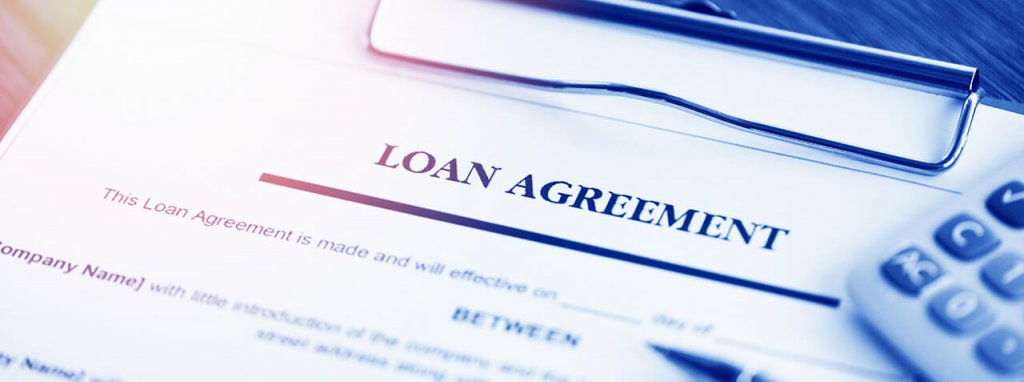On Friday, March 27, 2020, President Trump signed into law the Coronavirus Aid, Relief, and Economic Security Act (CARES Act). Assistance to small businesses impacted by the COVID-19 pandemic to help maintain business operations was specifically addressed via federal loan programs and tax incentives. Below is a summary of the loan provisions put into place by the CARES Act.
SBA Small Business Interruption Loans – the Paycheck Protection Program
Eligible businesses include small businesses, self-employed sole proprietors, independent contractors, and many nonprofits. They must have less than 500 employees, meet the SBA’s size standard NAICS code requirements, and have been substantially affected by COVID-19. “Affected” includes supply chain disruptions, staffing challenges, decreases in sales, and shuttering of businesses. The applicant must also have been in business on February 15, 2020. These loans will only be available until June 30, 2020.
These loans have a maximum maturity of 10 years with rates not to exceed 4%. The approved loan amount will be the lesser of $10 million or 2.5 multiplied by the average monthly payroll costs (excluding compensation over $100,000 for each employee who exceed that on an annualized basis) during the 1 year before the date of the loan is made. New and seasonal business have been granted different measurement periods. The loans may be used for payroll costs, health care and other employee benefits, rent, mortgage payments, utilities, and interest on loan obligations incurred during the 1-year period before the date of the loan.
These loans are 100% guaranteed by the SBA through December 31, 2020 and will be issued by approved SBA lenders. They do not require collateral or personal guarantees. Approved borrowers are also presumed to qualify for complete payment deferment of principal, interest, and fees for six to twelve months from the origination date of the loan.
An eligible borrower under the program applying for a loan must make a good-faith certification that the loan in necessary because of economic uncertainty caused by the COVID-19 pandemic, will be used to continue operations and make payroll and payments of other allowed costs during the coronavirus pandemic, the applicant does not have any other application pending under this program for the same purpose, and from February 15, 2020 until December 31, 2020, the applicant has not received and will not receive duplicative amounts under this program.
Another key provision of these loans is loan forgiveness. Eligible loan recipients shall be eligible for forgiveness of this loan in an amount equal to the cost of maintaining payroll continuity and the other previously described allowable costs during the period of 8 weeks from the loan origination. The loan forgiveness cannot exceed the amount borrowed and will be reduced for employee terminations and workforce reductions during this 8-week period. The cancellation of loans under these provisions will be excluded from gross income of the debtor. Borrowers should be aware that detailed accounting and accurate recordkeeping will be critical during this period in order to take advantage of these loan forgiveness provisions.
Economic Injury Disaster Loans
Eligible entities, which include small businesses, nonprofit organizations, and small agricultural cooperatives, can obtain Economic Injury Disaster Loans (EIDL) now through December 31, 2020. These loans are available through the Small Business Administration. As part of the legislation, the requirements for personal guarantees on loans less than $200,000 has been waived, as have the requirements for entities to have been in business for more than one year and the eligibility for the loan only if credit cannot be obtained elsewhere. While an entity that has been in business less than one year is eligible, it must have been in business by January 31, 2020.
In addition to waiving various requirements to obtain an EIDL, the approval of the loans can be based solely on the applicant’s credit score and the lender is not required to obtain a tax return or tax return transcripts. In addition, alternative appropriate methods to determine the applicant’s ability to repay can be used. However, these appropriate methods were not defined.
Emergency grants are also available. These requests can be made for funds up to $10,000 and should be provided to the applicant within three days of receipt of the application. Verification before disbursement requires only a self-certification, under penalty of perjury, from the applicant. This advance can be used for COVID-19 related sick leave, maintaining payroll, increased costs to obtain materials, making rent or mortgage payments, and repaying obligations that can’t be met because of revenue loss. The applicant is not required to repay any amount of the advance, even if the loan application is subsequently denied. If the applicant does receive a loan, the advance shall be reduced from the loan forgiveness amount for a loan for payroll costs under the payroll protection program of the Act.
Bankruptcy Process Streamlined
The CARES Act also added provisions to allow businesses with as much as $7.5 million in debt to qualify for a streamlined Chapter 11 bankruptcy process.
For one year following the date of enactment, the Act would temporarily exclude federal payments related to the COVID-19 crisis from income calculations under Chapter 11 bankruptcy proceedings. It also allows debtors experiencing hardship because of COVID-19 to modify existing bankruptcy reorganization plans.
Any accounting, business, or tax advice contained in this communication, including attachments and links to outside sources, is not intended as a thorough analysis of specific issues, nor a substitute for a formal opinion, nor was it written to be used to avoid tax related penalties.



